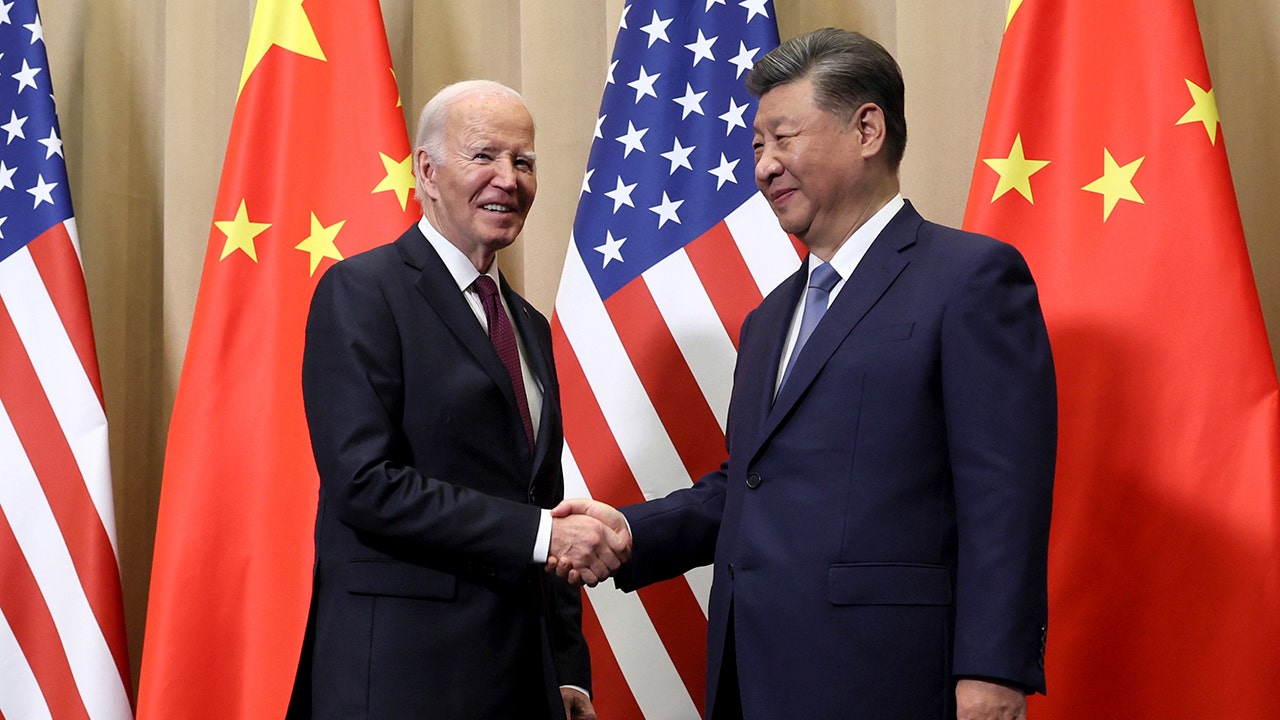“This is not an isolated incident. Aid convoys have come under fire and are systematically denied access to people in need,” said the UN Humanitarian Country Team in Palestine, after the mission to evacuate 24 patients from Al Amal Hospital in Khan Younis.
The development came amid continued intense fighting across the enclave, sparked by Hamas-led terror attacks in Israel on 7 October in which some 1,200 people were massacred and more than 250 taken hostage.
Amid repeated international calls for a ceasefire, negotiations have continued between the Israeli authorities and Hamas representatives for the release of the hostages and Palestinian prisoners held in Israel. To date, nearly 30,000 Gazans have been killed, the majority women and children, according to Gaza’s health authority.
Out of action
Several patients “if not all of them” required some kind of surgical intervention “which of course could not happen at Al Amal Hospital”, said Jens Laerke, spokesperson for the UN aid coordination office, OCHA. Thirty-one non-critical patients had to be left behind.
Speaking in Geneva, Mr. Laerke confirmed that the evacuation mission had been flagged to the Israeli authorities who had acknowledged this notification as part of standard deconfliction protocols.
But, the Israeli military had not given “any information or any communication” about why the ambulances were detained for at least seven hours nor why the paramedics “had been taken out, forced to undress”, with two still not freed, Mr. Laerke said.
Mission of mercy
The development involved a UN World Health Organization (WHO)-led convoy on Sunday to Al Amal Hospital. Once there, UN-partner the Palestine Red Crescent Society (PCRS) evacuated 24 patients, including a pregnant woman, a mother and a newborn.
The hospital – a PCRS-run facility – has been at the centre of military operations in the southern Gazan city for over a month, sustaining 40 attacks between 22 January and 22 February which left at least 25 dead and health workers too scared to leave the medical compound for weeks, the UN country team said in a statement.
Part of the destruction that affected Al-Amal Hospital in Khan Younis.
Willing to work
Today in Gaza, only 12 of its 36 hospitals are “partially functioning”, WHO spokesperson Christian Lindmeier told journalists in Geneva – “six in the south and six in the north (but) 23 hospitals are not functioning at all”.
An additional 15 emergency medical teams have also deployed in the south of Gaza with four field hospitals offering a combined capacity of 305 beds, Mr. Lindmeier continued. “These are important pockets of help, but of course it would be more important to get the Gaza health system back up on its feet and get all those healthcare workers – which are there and trained and they are even, under these circumstances, ready to work – into a position and able to work.”
Beating the odds
On Saturday, a UN relief mission to Al Amal successfully delivered desperately needed medical supplies, medication and antibiotics, along with some food, water and fuel for the generators.
“The health workers confirmed that they were able to step outside the hospital buildings within the compound on Saturday after a month inside,” WHO reported. “They were afraid for their lives, since there was fighting around the area and the hospital had been hit numerous times.”
Pre-war, the hospital had 100 beds and focused on maternal and child health with some capacity to address basic surgical and internal medicine needs, along with specialized rehabilitation services. But, destruction caused by the bombing of the third floor decreased the capacity to an estimated 60 beds.
Six UN entities participated in the operation which delivered enough supplies to treat 50 trauma patients: WHO, the UN aid coordination office (OCHA), the UN agency for Palestine refugees (UNRWA), the UN population fund (UNFPA), the UN landmine relief agency (UNMAS) and the UN Department for Safety and Security (UNDSS).





